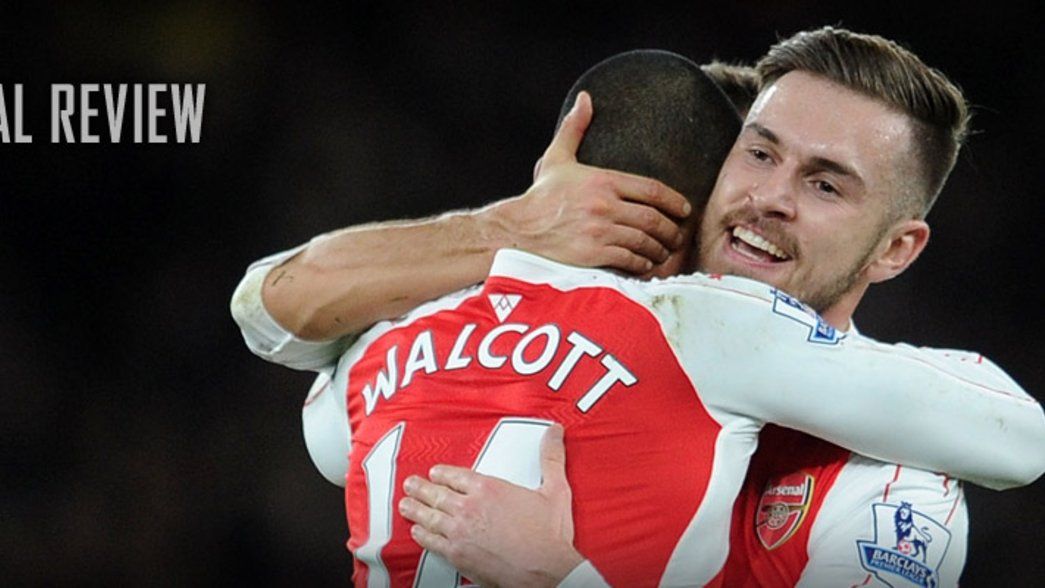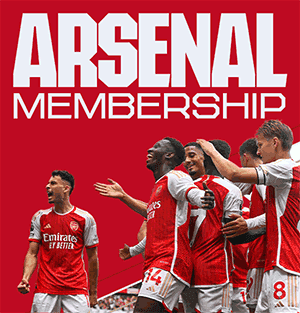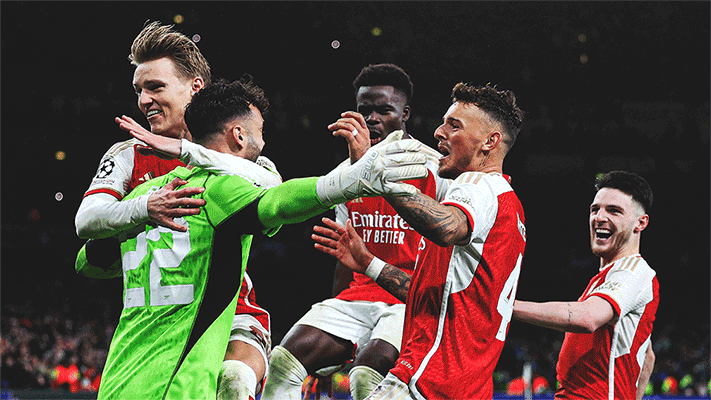In recent years, significant tactical shifts at Arsenal have usually arrived after new signings have arrived. Whether it’s been Olivier Giroud’s tendency to hold up the ball, Mesut Ozil’s preference for roaming between the lines, or finding the best role for Alexis Sanchez, Arsenal’s ‘Plan A’ has tended to evolve accordingly.
In 2015, there were few significant signings. Gabriel arrived in January and has performed well at centre back, but a new player in that position rarely changes a team’s shape. Petr Cech was a superb signing in the summer, but you can say much the same for goalkeepers.

Petr Cech
Therefore, Arsenal’s tactical shifts have generally been about individuals coming into form and commanding a key role, or coping with injuries. It has, perhaps surprisingly, been a very interesting year in terms of Arsenal’s style.
Francis Coquelin
The early part of 2015 was defined by the sudden emergence of Francis Coquelin as Arsenal’s first-choice holding midfielder. This was a huge surprise considering Coquelin had previously been on loan at Charlton, but the Frenchman immediately proved useful by shielding the defence solidly, particularly impressing in a season-defining 2-0 victory at Manchester City.
The use of Coquelin in that role was interesting. Previously Arsenal used deep midfielders more intent on playmaking - Mikel Arteta started life in a more advanced role, Alex Song became renowned for his assists from deep, Denilson was more of a passer rather than a ball-winner. You probably have to go back to Gilberto Silva to find an Arsenal player so intent on tackling and protecting the centre backs. Coquelin’s performance in the 4-1 thrashing of Liverpool showed his game perfectly - tacking deep (green) and intercepting high (blue).

Francis Coquelin impressed against Liverpool
Santi Cazorla
While Coquelin did a superb job, it meant Arsenal needed to change other features of the side. That meant Santi Cazorla, previously playing in the trio behind the main striker, dropping back into a deep role to command Arsenal’s passing from deep. He was another who was superb at City: tackling, scoring, assisting, dribbling and passing with incredible composure - see the positions of his dribbles, his assist and his goal below. The unlikely Coquelin-Cazorla partnership became Arsenal’s default shape.

Santi was superb against City
Aaron Ramsey
That was tough on Aaron Ramsey, who was often superb in a box-to-box midfield role. In a 3-0 home win over West Ham in March, for example, Ramsey’s continual surges into the box to combine with Olivier Giroud brought the first two goals in a fine performance. With Giroud preferring to come towards play and Mesut Ozil not particularly prolific for a No 10, Arsenal were excellent when Ramsey’s powerful running created a dynamic triangle.

Aaron Ramsey excelled against West Ham
Still, with Coquelin and Cazorla the first-choice duo in the middle, Ramsey was pushed to the right - where he still contributed, but was less involved.
Theo Walcott and Olivier Giroud
With the midfield in place, the defence remaining consistent throughout the year (Hector Bellerin’s rise, and the continued form of Nacho Monreal answered this question) and Alexis Sanchez a certain starter on the left, the other debate was up front.
In the spring, Giroud was on fire - scoring in six straight league games up until the memorable 4-1 thrashing of Liverpool. With the Frenchman as the focal point, Arsenal’s midfielders were encouraged to run beyond him.
Then, however, Giroud went six league games without scoring. So, on the final day of the Premier League season, Arsene Wenger gave Theo Walcott a chance. With a brilliant hat-trick in the 4-1 win over West Brom, he secured his place in the starting XI for the FA Cup final the following weekend, and scored the opener in a dominant 4-0 win. Equally as important, his pace stretched Villa, with the defence playing deep but the midfield continuing to press. Space opened up between their lines, providing Ozil and Alexis with plenty of room to dictate the game. Walcott wasn’t regularly involved in deep positions, as Giroud would be - Walcott concentrated on running in behind.

Theo Walcott opened the scoring in the FA Cup final
The Giroud-Walcott debate also dominated the opening weeks of this season. Giroud started the season a little unconvincingly, but then Walcott came into the side, scored a couple of goals and showed his link-up quality in the 3-0 win over Manchester United in October. His calf injury, though, meant Giroud returned to the side. The France international has proved his qualities since, scoring regularly throughout November and December. His hat-trick against Olympiacos, from four shots (with the other hitting the bar) showed how ruthless he can be. With Walcott returning from injuries, Wenger is likely to now rotate his strikers again.

Olivier Giroud scored his first Arsenal hat-trick against Olympiacos
The double injury blow to Cazorla and Coquelin, meanwhile, saw Ramsey reverting to his favoured central midfield role - and judging by his fine performance in the 2-0 victory at Villa Park recently, where he made the most tackles, played the most passes, attempted the most shots and scored a superb goal, Arsenal should be fine until the other two midfielders return.
It’s been an unusual year, with different combinations of players needed at different times. The main lesson, perhaps, is the importance of the squad - Arsenal have needed a large group of players, both for depth and for tactical options.
Copyright 2024 The Arsenal Football Club Limited. Permission to use quotations from this article is granted subject to appropriate credit being given to www.arsenal.com as the source.










